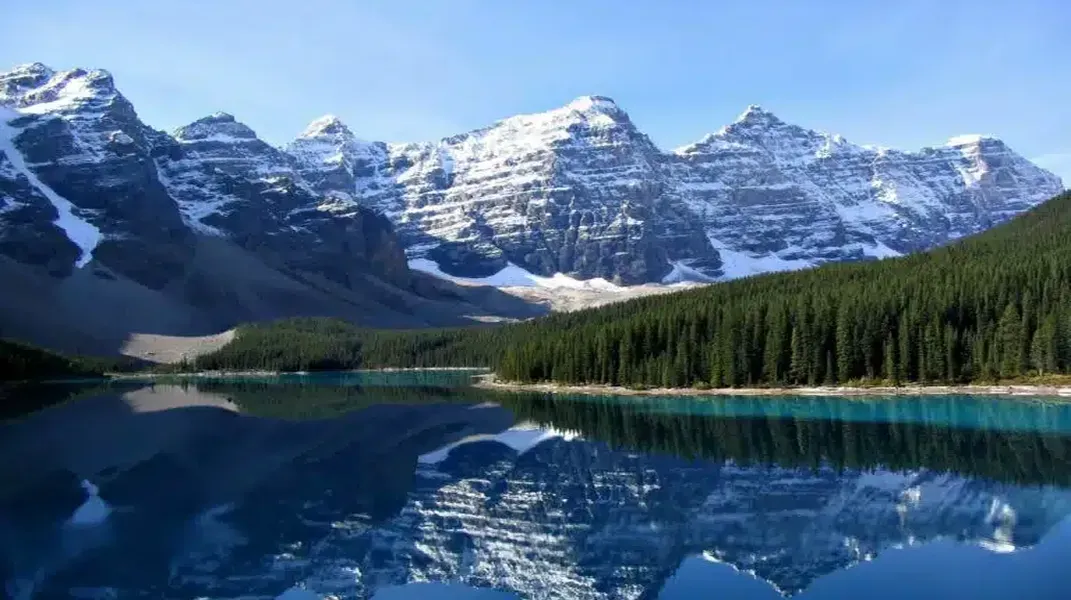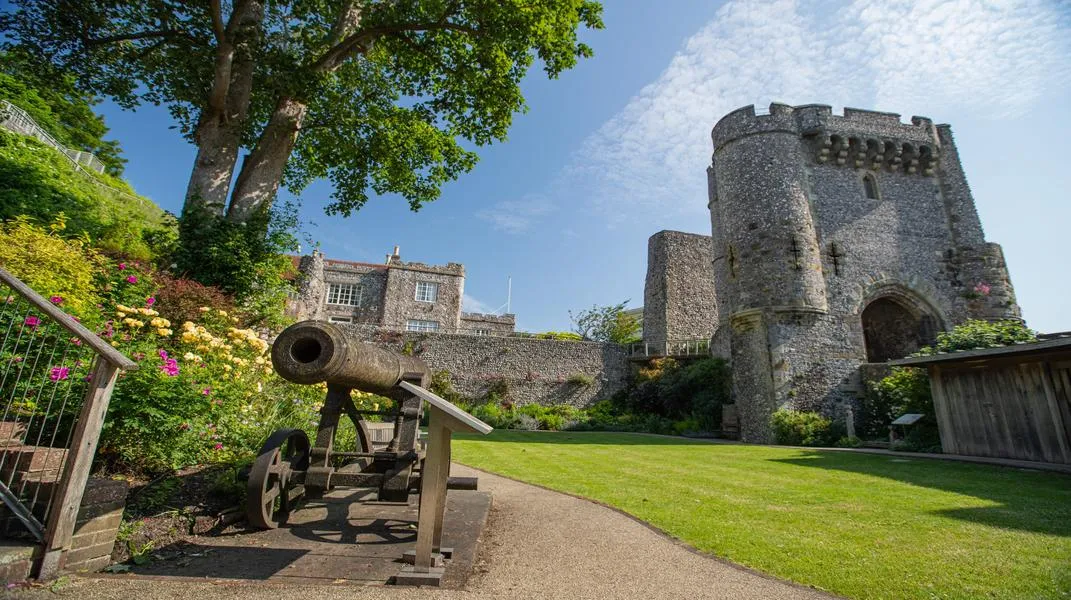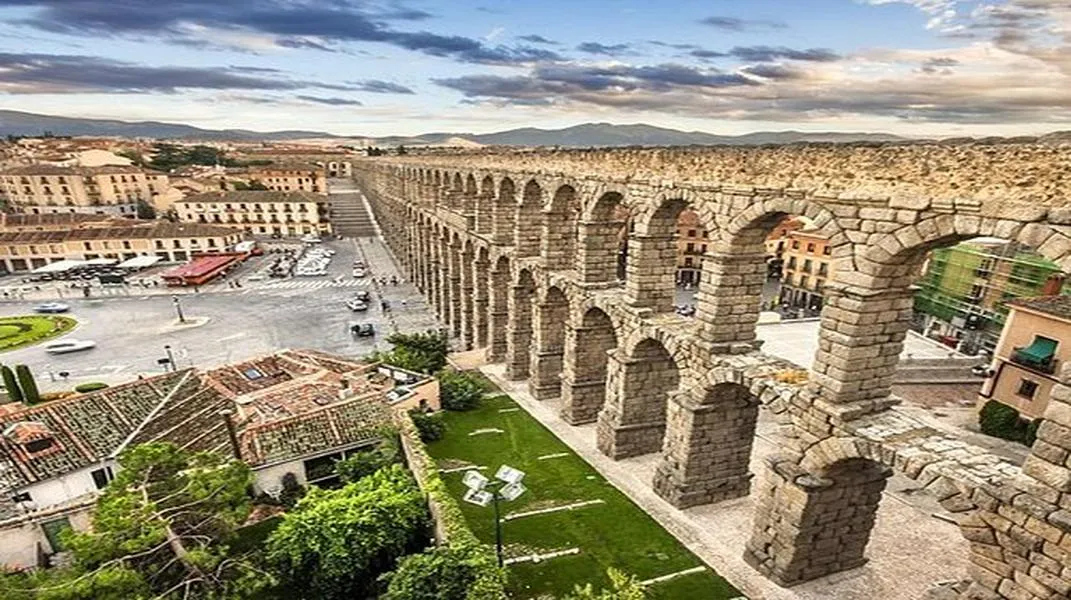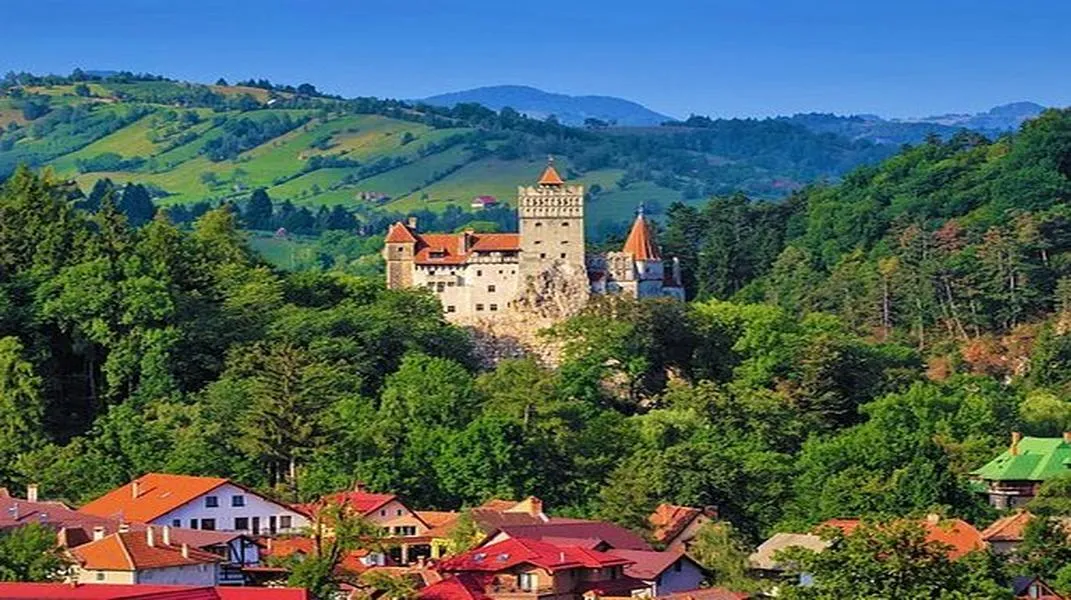Discovering Banff: A Jewel in the Canadian Rockies
Nestled in the heart of the Canadian Rockies, Banff National Park is a breathtaking destination that draws millions of tourists each year. Known for its stunning landscapes, vibrant wildlife, and a plethora of outdoor activities, Banff is a place where natural beauty meets adventure. Established in

The Allure of Banff National Park
1. Scenic Beauty
One of the primary reasons tourists flock to Banff is its stunning natural beauty. The park is characterized by its dramatic mountain ranges, turquoise glacial lakes, lush forests, and abundant wildlife. Iconic landmarks include:
- Lake Louise: Famous for its emerald waters surrounded by towering mountains and the historic Fairmont Chateau Lake Louise. The lake is a hub for canoeing in the summer and offers stunning ice skating opportunities in winter.
- Moraine Lake: Renowned for its vibrant blue color and the breathtaking Valley of the Ten Peaks. The lake is a photographer's paradise, especially at sunrise when the sunlight casts a warm glow on the surrounding peaks.
- Banff Springs Hotel: A castle-like structure that has been a symbol of luxury since the late 1800s, the hotel offers stunning views of the surrounding mountains and is a perfect spot for enjoying afternoon tea.
2. Outdoor Activities
Banff is a year-round destination, offering a range of activities for every season:
Summer Activities
- Hiking: With over 1,000 kilometers of hiking trails, there are options for all skill levels. The Johnston Canyon hike, which leads to a series of waterfalls, is particularly popular. For more experienced hikers, the Plain of Six Glaciers trail offers stunning views and an opportunity to see glaciers up close.
- Canoeing and Kayaking: Enjoy the tranquility of glacial lakes by renting a canoe or kayak. Paddling on Lake Louise or Moraine Lake provides an unparalleled experience of the park's beauty.
- Wildlife Viewing: Banff is home to diverse wildlife, including elk, deer, bears, and eagles. Wildlife enthusiasts can join guided tours or explore the park on their own to spot these majestic creatures.
Winter Activities
- Skiing and Snowboarding: Banff is part of the Big 3 ski resorts: Lake Louise Ski Resort, Sunshine Village, and Mt. Norquay. Each resort offers a variety of runs suitable for beginners and experts alike.
- Snowshoeing and Cross-Country Skiing: For those who prefer a slower pace, snowshoeing and cross-country skiing are fantastic ways to explore the winter wonderland of Banff.
- Ice Skating: The frozen lakes, particularly Lake Louise, provide a magical setting for ice skating against a backdrop of snow-capped mountains.
3. Cultural and Historical Sites
Banff is not just about natural beauty; it also boasts rich cultural and historical significance. The Banff Park Museum, established in 1903, showcases the natural history of the region. The Whyte Museum of the Canadian Rockies offers insights into the area's Indigenous cultures and the history of the early settlers.
Preparing for Your Visit
A trip to Banff can be a transformative experience, but proper preparation is essential to ensure you make the most of your visit. Here’s a comprehensive guide to help you pack and plan effectively.
1. Research the Best Time to Visit
Banff is accessible year-round, but the best time to visit depends on your desired activities:
- Summer (June to September): Ideal for hiking, canoeing, and wildlife viewing. Expect warm temperatures, but be prepared for sudden rain showers.
- Fall (October): A quieter time to visit, fall offers stunning autumn foliage and fewer crowds.
- Winter (November to March): Perfect for skiing, snowboarding, and winter sports. Be prepared for cold temperatures and snowfall.
- Spring (April to May): A great time for spring skiing and to witness the thawing of lakes and the blooming of wildflowers.
2. Essential Packing List
When planning your trip, consider the following items:
Clothing
- Layers: The weather can change quickly in the mountains. Pack moisture-wicking base layers, insulating layers (like fleece or down jackets), and a waterproof outer layer.
- Comfortable Footwear: Sturdy hiking boots are essential for exploring trails. If visiting in winter, consider waterproof insulated boots.
- Accessories: Don’t forget a hat, gloves, and scarves for colder months, as well as sunglasses and sunblock for summer hikes.
Outdoor Gear
- Backpack: A daypack is essential for carrying water, snacks, and other necessities during hikes.
- Hydration: Bring a reusable water bottle or hydration system to stay hydrated.
- Navigation Tools: A map of the park, compass, or GPS device can be helpful, especially on less traveled trails.
Safety and First Aid
- First Aid Kit: Include basics like band-aids, antiseptic wipes, pain relievers, and any personal medications.
- Bear Safety Gear: If you plan to hike, consider bear spray and know how to use it. Familiarize yourself with bear safety protocols.
3. Accommodation Options
Banff offers a range of accommodation options, from luxury hotels to budget-friendly hostels. Some popular choices include:
- Fairmont Banff Springs: A luxurious hotel with stunning views and top-notch amenities.
- Banff Rocky Mountain Resort: Offers a range of accommodations, including hotel rooms and condos, perfect for families.
- Hostels: For budget travelers, the HI Banff Alpine Centre provides dormitory-style lodging and a social atmosphere.
4. Transportation
Getting to Banff is relatively straightforward. The nearest major airport is Calgary International Airport, located about 90 minutes away by car. From the airport, you can rent a car or take a shuttle service to Banff. Once in Banff, the Roam Public Transit system provides convenient access to various attractions within the park.
5. Respecting the Environment
As a visitor to Banff, it’s crucial to practice Leave No Trace principles. This includes:
- Stay on designated trails: To protect fragile ecosystems and minimize environmental impact.
- Pack out what you pack in: Dispose of trash properly and leave natural areas as you found them.
- Wildlife safety: Observe wildlife from a distance and never feed animals.
6. Additional Tips
- Plan Your Itinerary: With so much to see and do, planning your itinerary in advance can help you maximize your time.
- Check for Park Alerts: Before your visit, check the Banff National Park website for any alerts related to trail closures, weather conditions, or wildlife activity.
- Be Patient: Popular spots like Lake Louise and Moraine Lake can get crowded. Arriving early in the morning or later in the evening can help you avoid the heaviest crowds.
Conclusion
Banff National Park is a captivating destination that offers something for everyone, from stunning landscapes to thrilling outdoor activities. Whether you’re hiking through its majestic trails, skiing down powdery slopes, or simply soaking in the picturesque views, Banff promises an unforgettable experience. With proper planning and preparation, your visit to this Canadian jewel will be one for the books. So pack your bags, prepare your itinerary, and get ready to immerse yourself in the beauty and adventure that is Banff.




